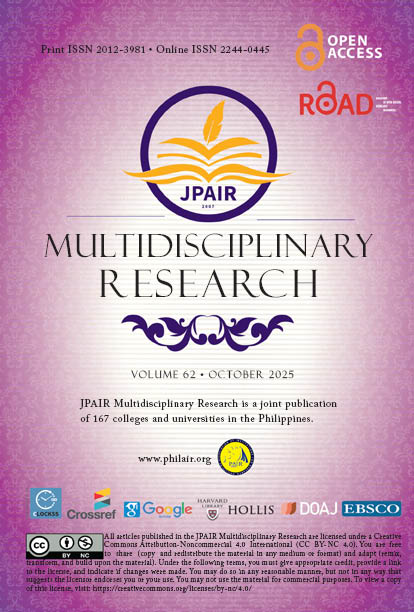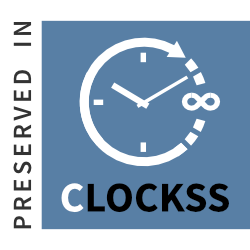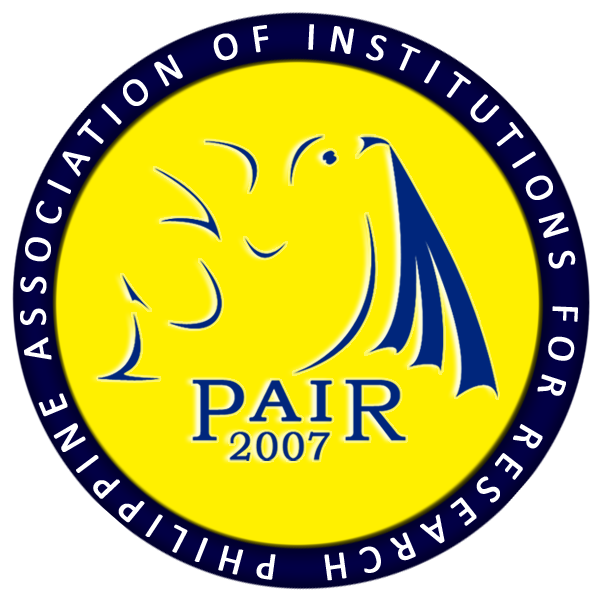Examining the Relationship between Organizational Culture Alignment and Employee Creativity in Knowledge Process Outsourcing
DOI:
https://doi.org/10.7719/jpair.v62i1.955Keywords:
Culture, Knowledge Process Outsourcing, Likert Scale, Organizational Behavior, Quantitative Research, Workplace CreativityDisciplines:
Organizational Psychology Workplace CreativityAbstract
Organizational culture plays a crucial role in fostering creativity and innovation in the workplace. This quantitative correlational study examined the relationship between organizational culture alignment and employees’ perceived creativity among 42 Knowledge Process Outsourcing employees at a KPO company at Cebu I.T. Park, Philippines. Grounded in the componential theory of creativity, the study explored how cultural alignment influences intrinsic motivation, cognitive processes, and creative output. A 6-Likert scale survey was used to assess employees’ perceptions of cultural alignment and their self-reported creativity. Results revealed a weak but statistically significant positive correlation (r = 0.33, p = 0.031), suggesting that greater alignment with the company’s advocated culture is associated with a slight increase in employees’ creative engagement. While findings indicate a potential connection between culture and creativity, the weak correlation suggests that other factors may also contribute to workplace creativity. Future research is recommended to explore additional variables influencing innovation and problem-solving in Knowledge Process Outsourcing environments.
Downloads
References
Afolami, O. A. (2020). The impact of teamwork on organizational performance: A case study of First City Monument Bank Lagos, Nigeria.
Amabile, T. (1996). Creativity in context: Update to the social psychology of creativity. Routledge.
Askari, G., Asghri, N., Gordji, M. E., Asgari, H., Filipe, J. A., & Azar, A. (2020). The impact of teamwork on an organization’s performance: A cooperative game’s approach. Mathematics, 8(10), 1804.
Published
Issue
Section
License
Copyright (c) 2025 Kirk Lile A. Ramirez, Antoniette M. Almaden, Alexander Franco A. Delantar

This work is licensed under a Creative Commons Attribution-NonCommercial 4.0 International License.
Open Access. This article published by JPAIR Multidisciplinary Research is licensed under a Creative Commons Attribution-Noncommercial 4.0 International (CC BY-NC 4.0). You are free to share (copy and redistribute the material in any medium or format) and adapt (remix, transform, and build upon the material). Under the following terms, you must give appropriate credit, provide a link to the license, and indicate if changes were made. You may do so in any reasonable manner, but not in any way that suggests the licensor endorses you or your use. You may not use the material for commercial purposes.





















